3 Veteran Restaurateurs on Navigating the New Realities of the Hospitality Business
'We live in a very chaotic time. We don’t know how this movie will end.'
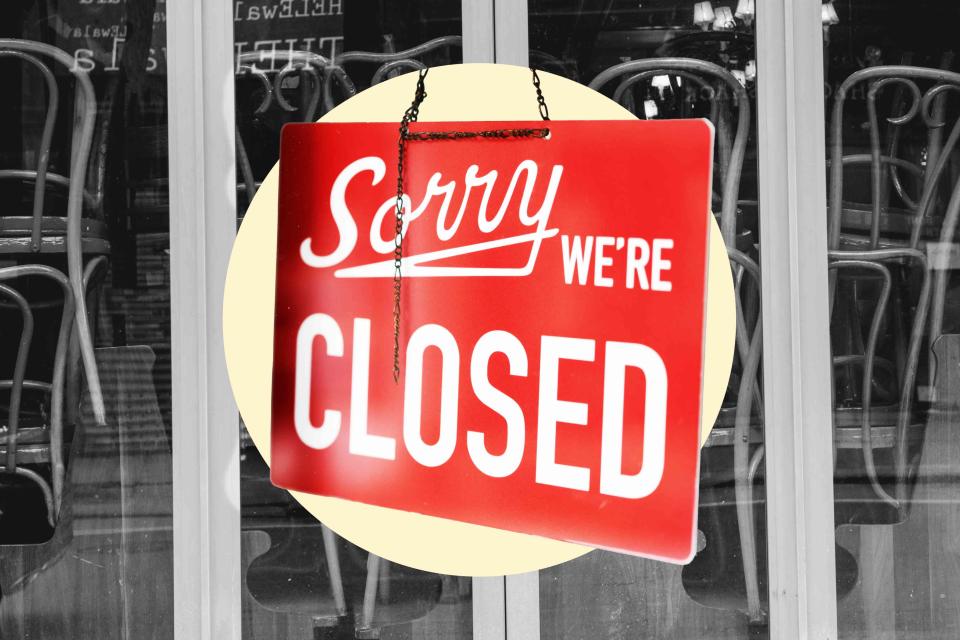
Getty Images
It seems like the chaos in the restaurant industry just won’t let up.
Four years after COVID prompted temporary and permanent closings, owners and customers are still grappling with turbulence. The past few months have brought the shock closure of Foxtrot and Dom’s stores in Chicago, and of course, there’s the Red Lobster bankruptcy. Beyond that, plucky little places like Windowsill Pies in New Orleans have shut their doors, as have outlets of the Flower Child healthy food chain in Washington, D.C.
Related: Are the Specials at a Restaurant Really That Special?
These days, veteran restaurateurs must navigate the choppy waters like kayakers maneuvering down rapids — and while many are floundering, some are coming out on top. Food & Wine asked three industry leaders what’s working for them.
Hotels as home bases
In April, New Orleans-based chef Alon Shaya, of Saba and Miss River fame, opened Safta 1964 in Las Vegas’ Wynn hotel. The restaurant features many of the contemporary Middle Eastern dishes that have been his trademark at home, but with an extra layer of extravagance that only a city like Vegas encourages.
Related: Restaurant Fees Are Spiraling Out of Control
Safta 1964 honors his flamboyant grandmother — “safta” in Hebrew — who he says had a tremendous zest for life. “We dreamt up this story that she jumped in a convertible T-bird and headed west with her recipes and went to the Wynn to throw a party,” Shaya said.
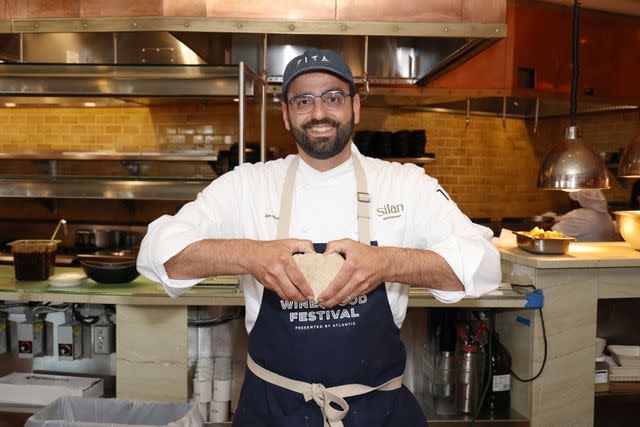
Alexander Tamargo / Getty Images for Atlantis Paradise Island
Chef Alon Shaya opened Safta 1964 in Las Vegas’ Wynn Hotel in April — his third consecutive restaurant opened in a hotel.While the menu includes hummus and whole-roasted cauliflower — dishes found at many of his Pomegranate Hospitality restaurants — his Vegas outpost has Dover sole and whole truffles, a caviar service, and for dessert, Jell-O molds carved tableside.
Related: A Family-Owned Thai Restaurant with a 43-Year History Is the Best Restaurant in America
Safta 1964 is the third restaurant in a row that Shaya has opened in hotels. Six months ago, he launched Silan in the Atlantis Hotel in Nassau, Bahamas, which focuses on local seafood combined with his signature Mediterranean flavors. That was preceded by Miss River, at the upscale Four Seasons Hotel in New Orleans, which plays on local Creole and Cajun notes. (He also operates two standalone spots, Saba in New Orleans, and its sibling, Safta, in Denver).
Hotels offer a few advantages for chef-owners like him. “It’s a whole different ballgame in that you’re adding a lot of decision-makers to the team,” says Shaya. That’s been a learning experience for his staff, which he runs with his wife, Emily Ostuw Shaya. “It takes a village to make these things happen. You have to fall into a situation where everything feels right and feels like the right thing to do.”

Courtesy of Wynn Las Vegas
Safta 1964 features many of the contemporary Middle Eastern dishes that have been Shaya’s trademark at home — just with an extra layer of extravagance that a city like Vegas encourages.The collaborations have allowed him to pursue ideas he’s had for years — the very same ideas that haven’t fit his own spots. “We definitely will look to opening our own restaurants under the Pom umbrella solely, but with the right partnership opportunities, we’re a team that’s ready to grow and looking forward to pushing the gas pedal when we can.”
Related: You Probably Never Noticed These Little Things Servers Do to Make Your Meal Special
Like many owners, he faces rising expenses for ingredients. “Costs are out of control, all around. Because of that, we’ve had to raise prices where it makes sense, and lower prices where it makes sense.” For instance, his restaurants lowered the price of matzoh ball soup, now served in a smaller portion. Shaya has mulled whether to charge for his house-baked pita, long a feature of his restaurants’ meals, but thus far has held off.
“Everyone is trying to figure out how to make their own business work,” said the 45-year-old chef. “At the end of the day, capitalism will reward those who figure it out and punish those who don’t figure it out. It’s an ever-changing code.”
A 50-year legacy with a contemporary touch
Giordano’s Pizza is a familiar name in Chicago, where it has grown from a single location to 63 — many of which are in the Midwest. This year, Giordano’s celebrated its 50th anniversary with dine-in deals on its pizzas, which are sold in both sit-down restaurants and at carry-outs. It also has a flourishing business selling frozen pies online.
Related: Are the Specials at a Restaurant Really That Special?
Its CEO, Yorgos Koutsogiorgas, is aware the company’s survival is the exception and not the rule. “The food business is very, very hard,” he tells Food & Wine. “Very few companies make it past the second year, especially in a very, very competitive and very crowded space, which is the pizza space.”
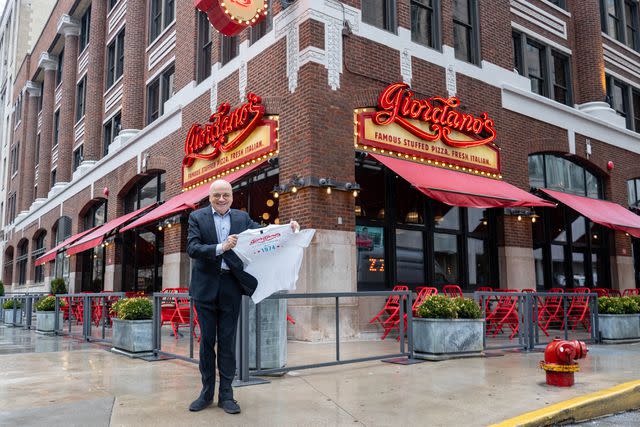
Courtesy of Giordano's
Giordano’s, which has 63 locations in total, celebrated its 50th anniversary this year. Its CEO, Yorgos Koutsogiorgas, while aware that he’s running a successful company, is uncertain about the future: “We don’t know how this movie will end.”Long ago, Giordano’s decided it had to focus on its primary product, which is a hefty deep-dish pie, whose crust is filled with ample amounts of sauce, cheese, and other ingredients. A single pizza can easily feed four people with leftovers, which Koutsogiorgas says makes it a good value in a tough economy. The average check is about $15 to $17 per person, or about $47 per table in its restaurants.
“We could easily be in a different kind of place today if we were trying to be all things to all people. We start with what we know, and differentiate from other types of pizza places,” he said. “We’re all competitors and we’re humbled by them being our competitor.”
Related: These NYC Chefs Went From Bussing Tables to Running Kitchens
While Giordano’s restaurants offer salads, sandwiches, and pasta, they take a backseat to its superstar. “The kind of road we have chosen is a kind of a one-lane road which has worked to our advantage. We have decided strategically to be in that narrow lane,” the CEO says.
That said, Koutsogiorgas says Giordano’s knows that its deep-dish pizza doesn’t appeal to every diner’s taste. It also sells a thin-crust style, known as tavern pizza, which is equally popular across town (and a favorite among locals). Additionally, Giordano’s has added pan pizza, a single layer of pizza dough that’s dusted with Parmesan so that the crust caramelizes, like the texture of Detroit-style pizza (although it’s round, not square).
More than anything, the Covid years taught Giordano’s to be flexible. “The way things are going, between high costs, high rent, crazy labor market that it’s impossible to figure out wages, we live in a very chaotic time. We don’t know how this movie will end,” Koutsogiorgas said.
A twin view of fast casual and sit-down dining
In 2000, Joanne Chang opened her first Flour Café and Bakery in Boston’s South End neighborhood with one goal: to provide a friendly place with warm sticky buns, top-notch pastries, and quick meals. Almost a quarter-century later, Flour has grown to 10 cafes across Boston and Chang also runs a sit-down restaurant, Myers & Chang, with her husband Christopher. She has a flourishing online business, teaches classes, and has become a familiar Food Network figure.
As with many restaurant owners, her world was upended by the pandemic. But the breadth of her businesses lend her a unique perspective on the challenges faced by two facets of the restaurant business.
Related: You Are Not Too Good to Eat at a Chain Restaurant
In 2019, about 10–15% of her sales were from online orders or through the Flour app. “During the pandemic that went to 100%, when people were only ordering takeout,” she told Food & Wine via email. Now, Flour has settled at about 45–50% electronic orders — many coming in at the same time. “We have had to adjust to lunch being a huge crush even when the bakeries might look quiet.”
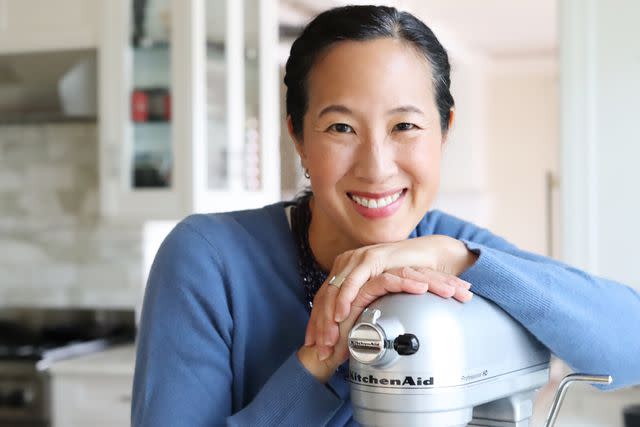
Plum+Port Photography / Courtesy of Flour Bakery
Joanne Chang opened Flour Café and Bakery in Boston’s South End neighborhood in 2000. Today she has 10 Flour locations across the city — with one sit-down restaurant, Myers & Chang.Starting around 11:30 a.m., “The screens start to multiply with orders, and by noon we could have hundreds of orders all wanting their lunch in 10 minutes.” In the past, Flour could manage the flow by slowing down the rate at which orders were processed. Today, not so much. “The computer waits for no one! The orders come flying in.”
At some bakeries, Chang has set up secondary counters that handle solely online orders. She’s done something similar at Myers & Chang too, where there’s now a specific takeout station and a staff member to handle those orders.
Related: Close Out Your Bar Tab Before You Go to Your Table — Here's Why
Chang is noticing different patterns in demand, due in part to office workers now on hybrid schedules. Catering has dropped significantly, and so has café business on Mondays and Fridays when people are more likely to work from home.
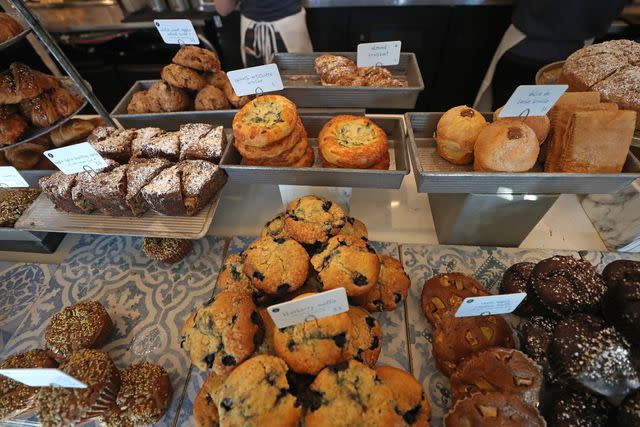
David L. Ryan / The Boston Globe / Getty Images
The majority of Flour’s business is 45–50% electronic orders, many of which come in at the same time, during the lunch crush.Meanwhile, her restaurant now opens at 4 p.m. — an hour earlier than before the pandemic, reflecting the trend toward late-afternoon dining. Three nights a week, it closes at 9 p.m., and four nights at 10 p.m., both an hour sooner than in the past.
Thankfully for Chang, staffing is back to normal. “I never thought we would get out of it — it was so awful for a pretty long time. I’ve never seen anything like it,” she said. “Now we have the normal rate of turnover and we feel pretty solid. Fingers crossed!”
Like Shaya and Koutsogiorgas, Chang remains upbeat despite industry obstacles. “Gosh, I am always optimistic about this business,” the 53-year-old chef said. “I think all restaurateurs are at heart — you have to be! Every day you throw a party and assume people will come and be happy.”
For more Food & Wine news, make sure to sign up for our newsletter!
Read the original article on Food & Wine.

 Yahoo Finance
Yahoo Finance 